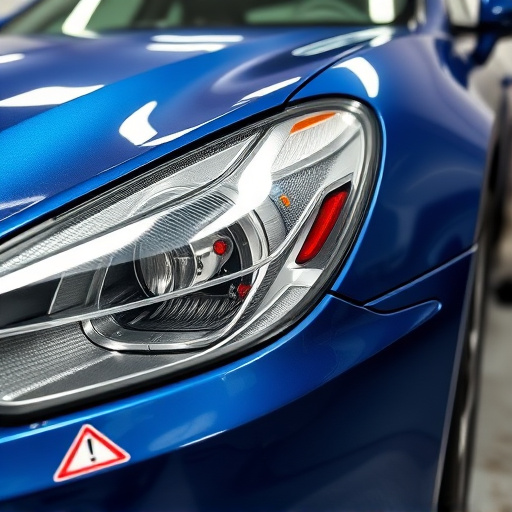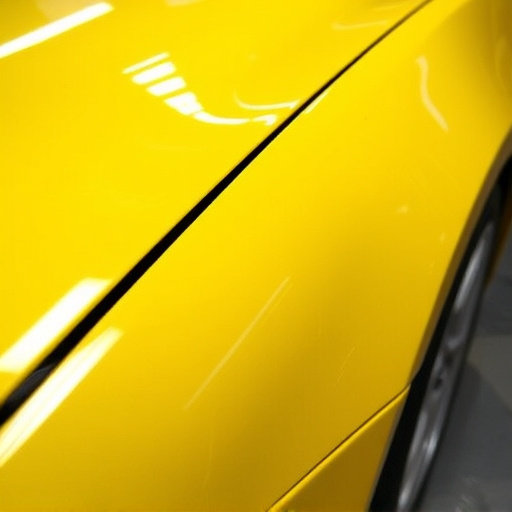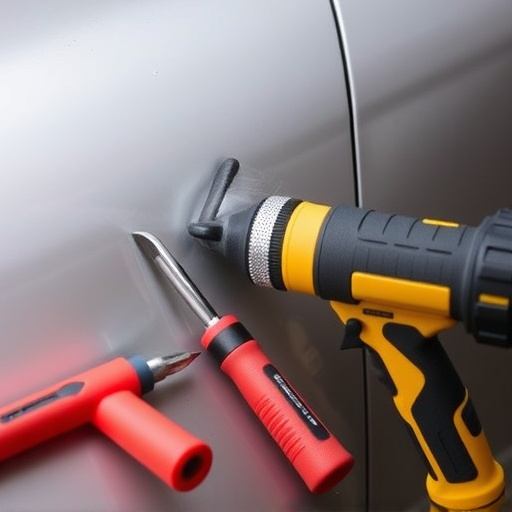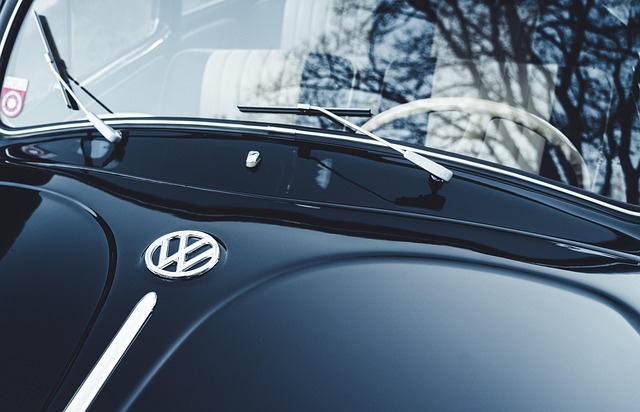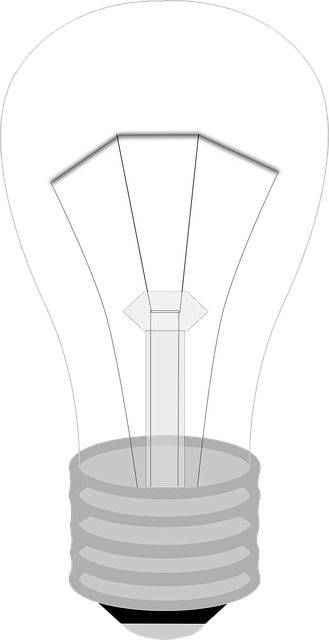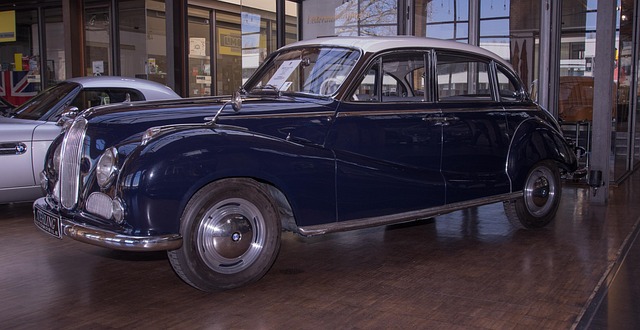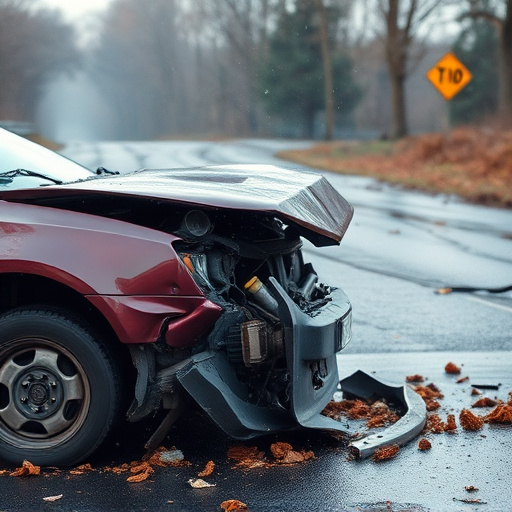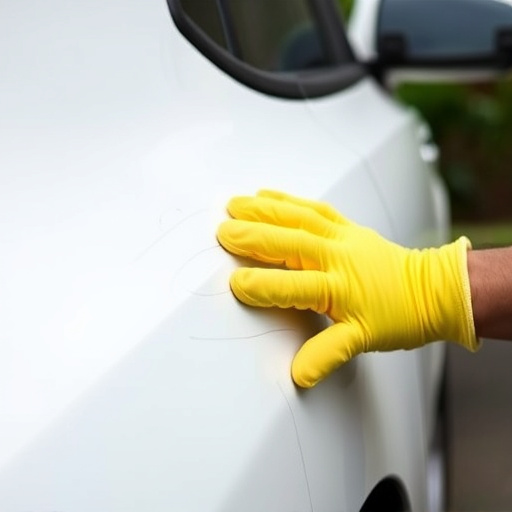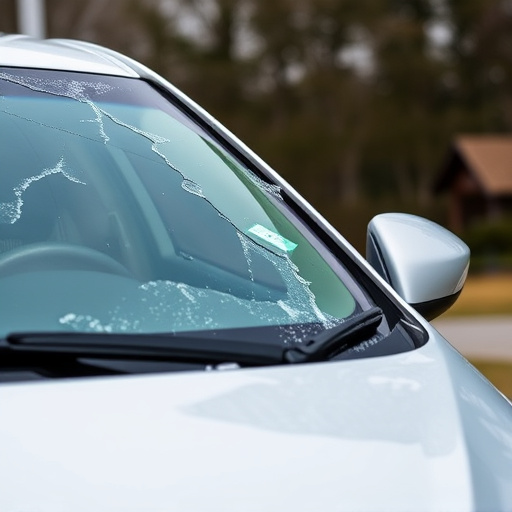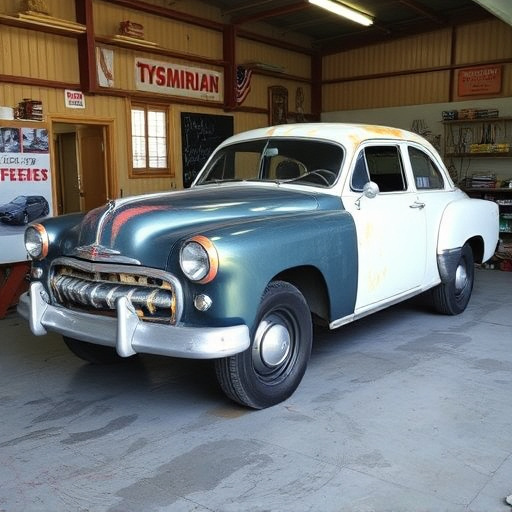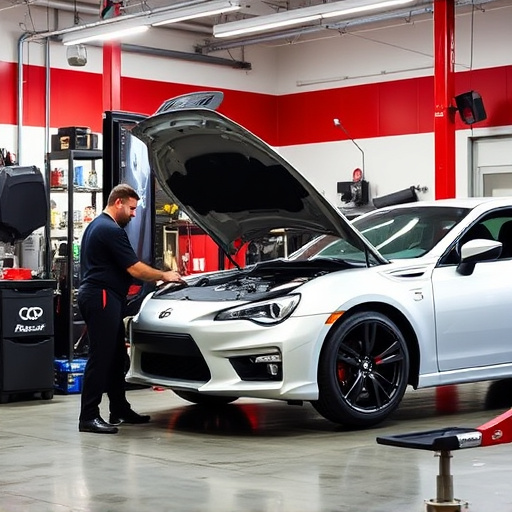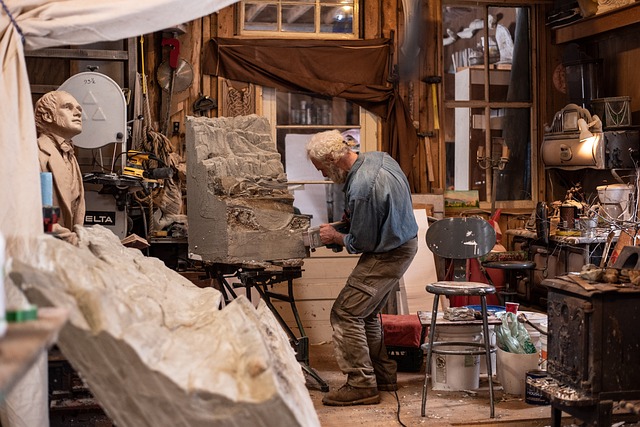Corrosion, caused by elements like moisture and oxygen, poses significant risks to vehicles, especially those exposed outdoors. In collision repair, understanding corrosion is vital for maintaining structural integrity. Hail damage repair requires addressing both visible impacts and hidden corrosion. Specialized techniques like surface treatment and protective coatings safeguard against corrosion, enhancing structural soundness and preventing future deterioration. Corrosion protection is a critical step in collision repair, protecting repaired areas from environmental elements and reducing the likelihood of future issues. Experts employ a multi-step process including meticulous surface preparation, priming, and selection of suitable coating products for long-lasting corrosion protection. Regular maintenance ensures ongoing protection, significantly extending vehicle lifespan and enhancing service durability.
In the realm of collision repair, effective corrosion protection is paramount. This intricate process not only involves mending physical damage but also safeguarding against a silent assailant: corrosion. Understanding this enemy within is crucial for ensuring longevity and quality in vehicle restoration. This article delves into the profound impact of corrosion on collision repair processes, explores its intricacies, and highlights effective strategies to implement robust corrosion protection measures, ensuring vehicles emerge as good as new.
- Understanding Corrosion: The Enemy Within
- The Impact on Collision Repair Processes
- Effective Strategies for Long-Lasting Protection
Understanding Corrosion: The Enemy Within
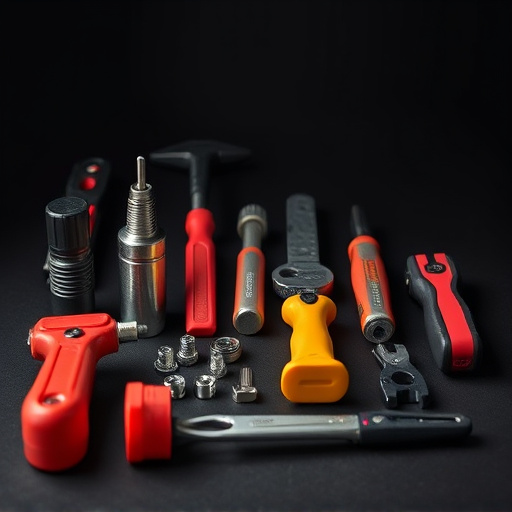
Corrosion, often referred to as the “enemy within” in the automotive industry, is a natural process where metal degrades and weakens over time when exposed to elements like moisture, oxygen, and chemicals. This silent enemy can cause significant damage to vehicles, especially those left outdoors or subjected to harsh weather conditions. In the context of collision repair, understanding corrosion is paramount as it greatly influences the longevity and structural integrity of a vehicle after repairs.
Hail damage repair, for instance, not only involves fixing visible impacts but also addressing potential hidden corrosion that may have resulted from the initial impact or subsequent exposure to the elements. A car body shop specializing in collision repair employs various techniques like surface treatment and application of specialized coatings to safeguard against corrosion. These methods not only restore the vehicle’s aesthetic appeal but also ensure its structural soundness, preventing further deterioration and costly repairs down the line.
The Impact on Collision Repair Processes
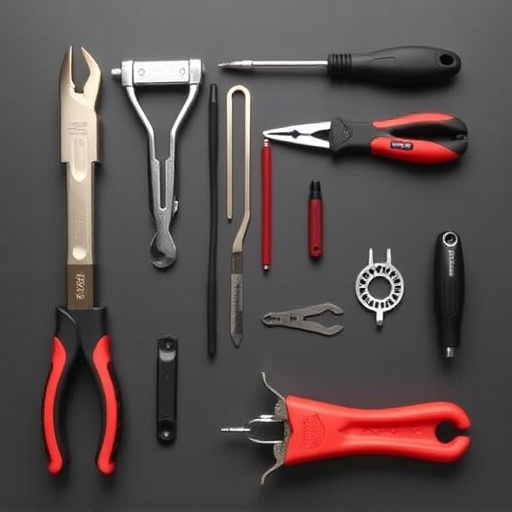
Corrosion protection plays a pivotal role in the collision repair process, significantly impacting the outcome and longevity of vehicle bodywork. In the event of a collision or damage, immediate and effective corrosion protection measures are essential to prevent further deterioration of the car’s structure. Without adequate safeguards, even minor dents or scrapes can expose metal surfaces to moisture and environmental elements, leading to rust and corrosion. This not only complicates the repair process but also poses structural integrity risks.
By implementing robust corrosion protection techniques, vehicle repair professionals can streamline their work significantly. In car dent repair scenarios, for instance, applying corrosion-resistant coatings or primers before filling and painting ensures that the repaired area is shielded from moisture intrusion. This, in turn, enhances the durability of the repairs, ensuring that vehicles return to the road with enhanced structural reliability and a reduced chance of future corrosion issues.
Effective Strategies for Long-Lasting Protection
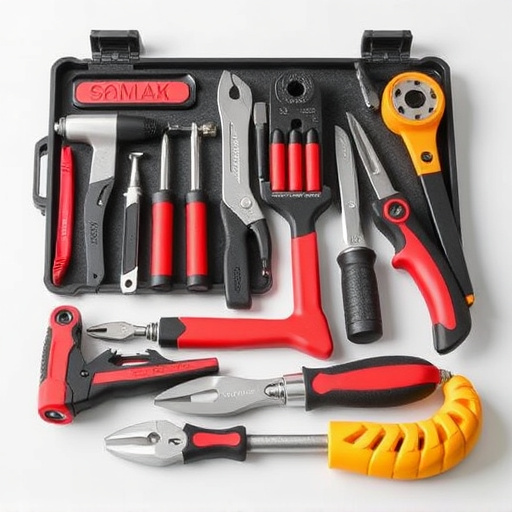
To ensure long-lasting corrosion protection, collision repair professionals employ a multi-layered approach. This starts with thorough surface preparation, removing any existing corrosion or contaminants to create a clean canvas for application. The next step involves priming, which acts as a barrier against moisture and environmental factors, providing a solid foundation for the final coatings.
A key strategy is choosing the right coating products tailored to specific vehicle materials—from paint systems designed for metal surfaces to specialized treatments for plastic or rubber components like tires and fenders. Regular maintenance, including reapplication of protective layers, plays an integral role in preserving these defenses against corrosion. Thus, auto body services that integrate robust corrosion protection not only enhance the longevity of repaired vehicles but also contribute to the overall quality and durability of their work, including expert fender repair and tire services.
Corrosion protection is an indispensable aspect of collision repair, addressing a silent yet potent enemy that can compromise vehicle durability. By understanding the adverse effects of corrosion on repair processes and implementing effective strategies, professionals in the industry can ensure long-lasting, high-quality repairs. These measures not only safeguard vehicles against future damage but also contribute to maintaining their structural integrity and aesthetic appeal, ultimately enhancing customer satisfaction.
